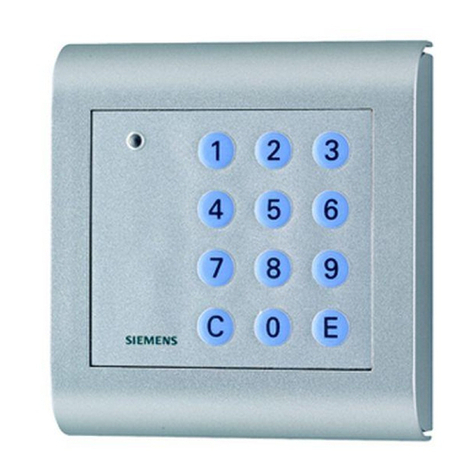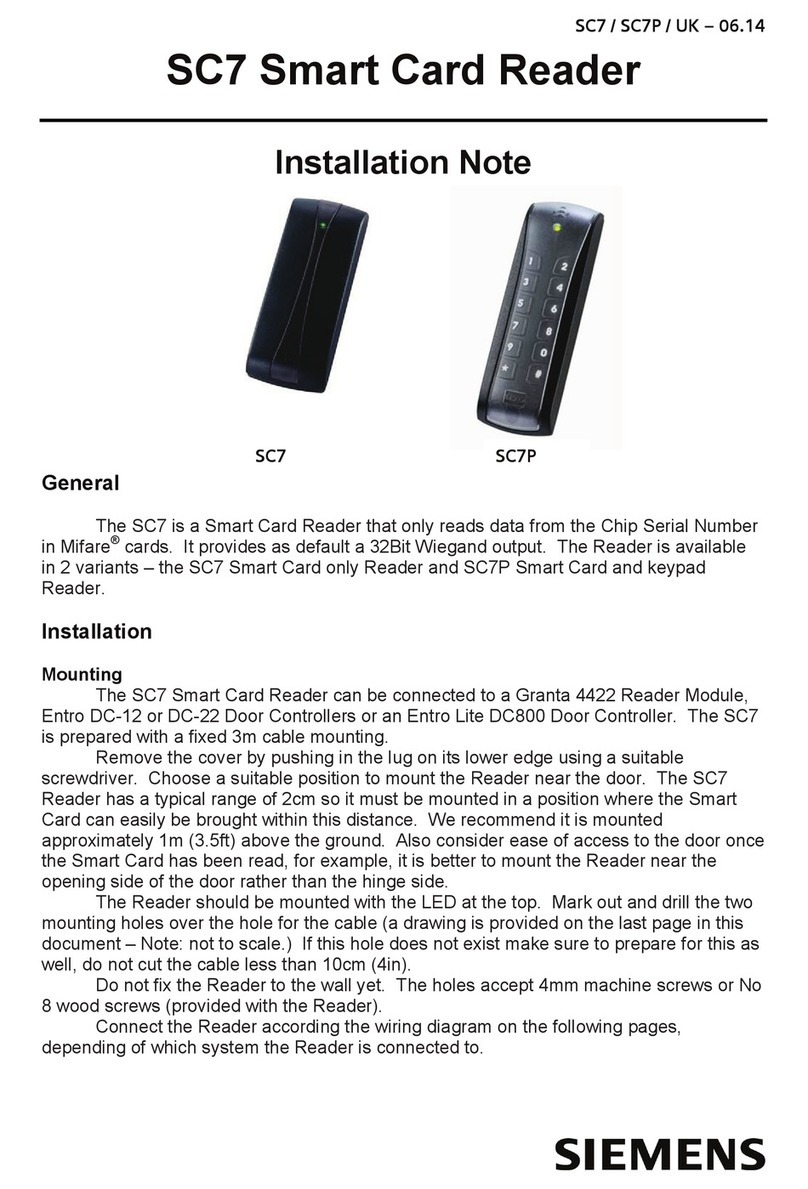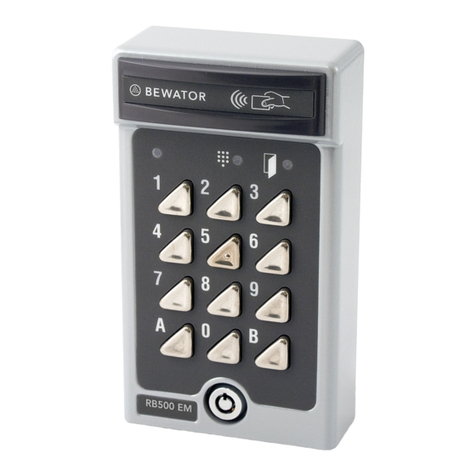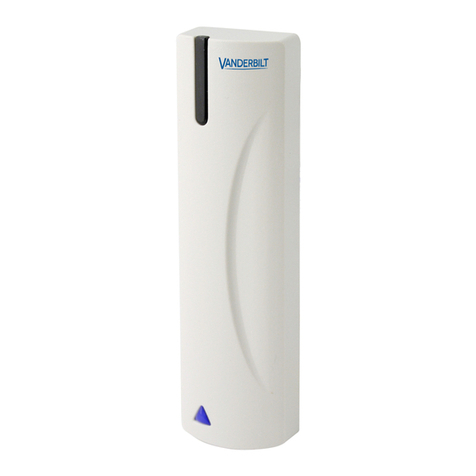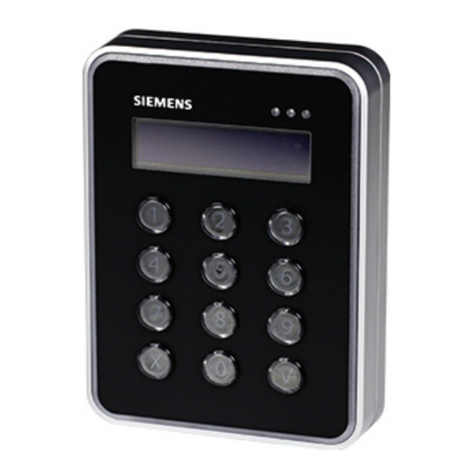Siemens AR50M-MF User manual
Other Siemens Card Reader manuals
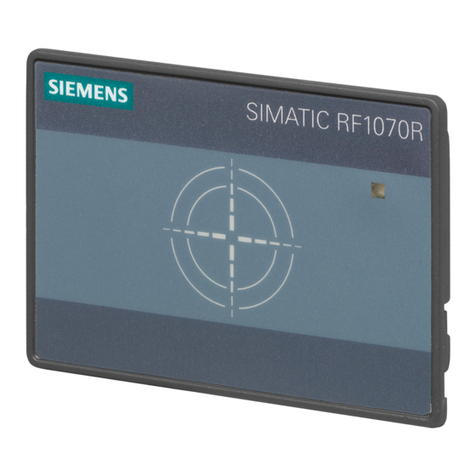
Siemens
Siemens SIMATIC RF1070R User manual
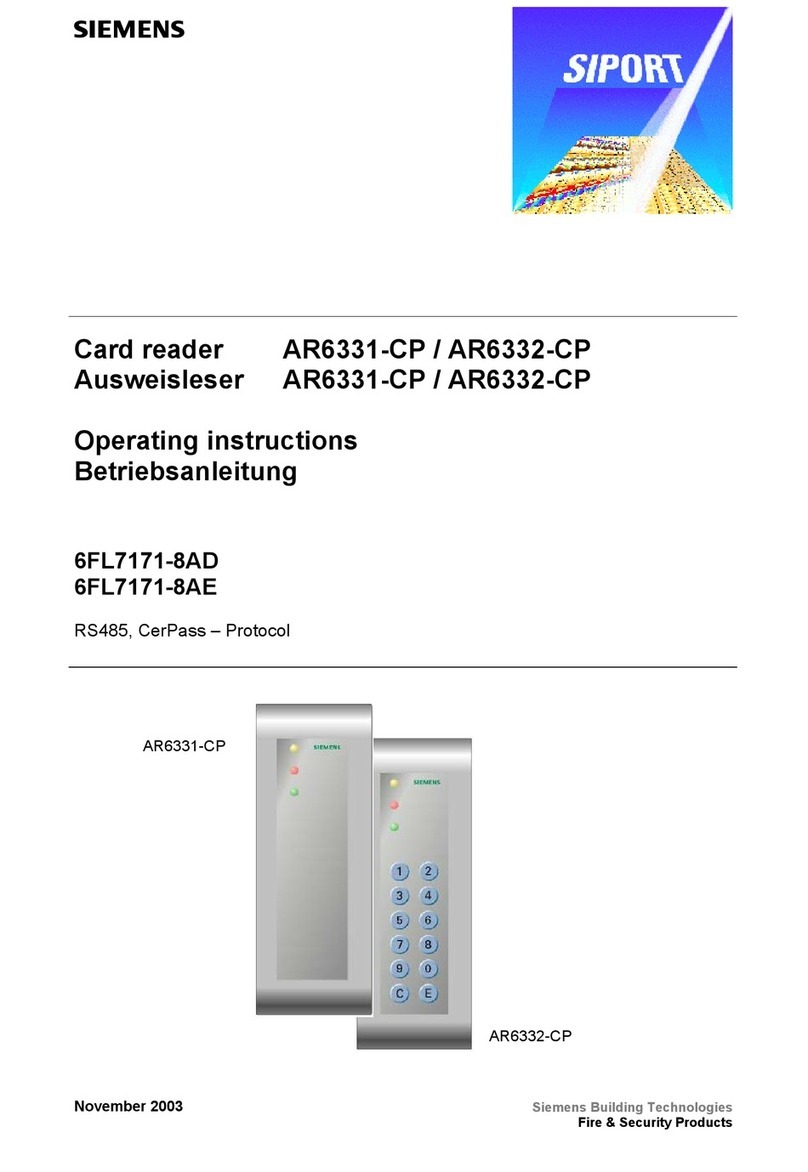
Siemens
Siemens 6FL7171-8AD User manual
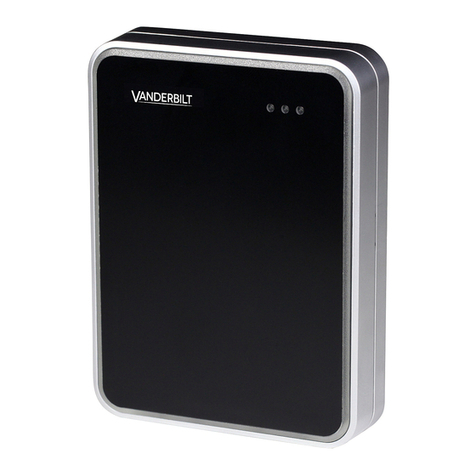
Siemens
Siemens AR10S-MF Installation instructions manual
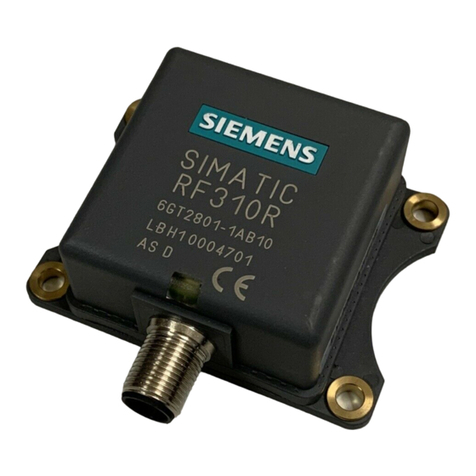
Siemens
Siemens SIMATIC RF300 User guide

Siemens
Siemens PM500-Cotag User manual
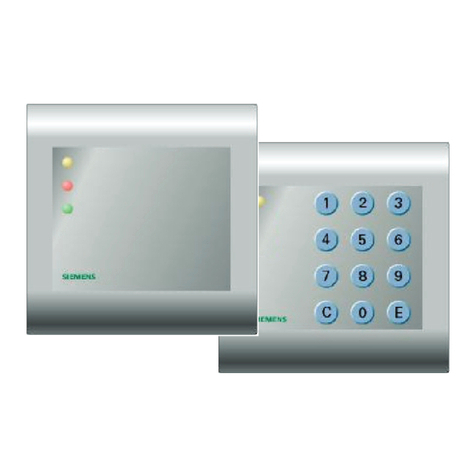
Siemens
Siemens AR6181-MS User manual
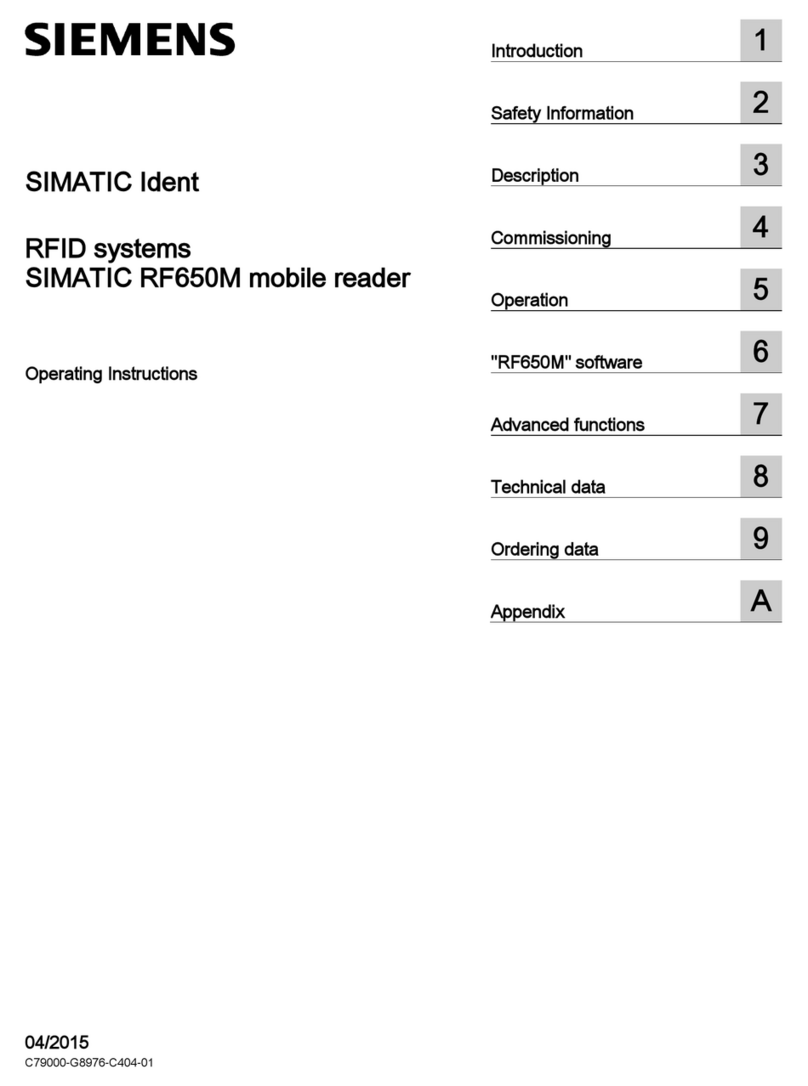
Siemens
Siemens SIMATIC RF650M User manual
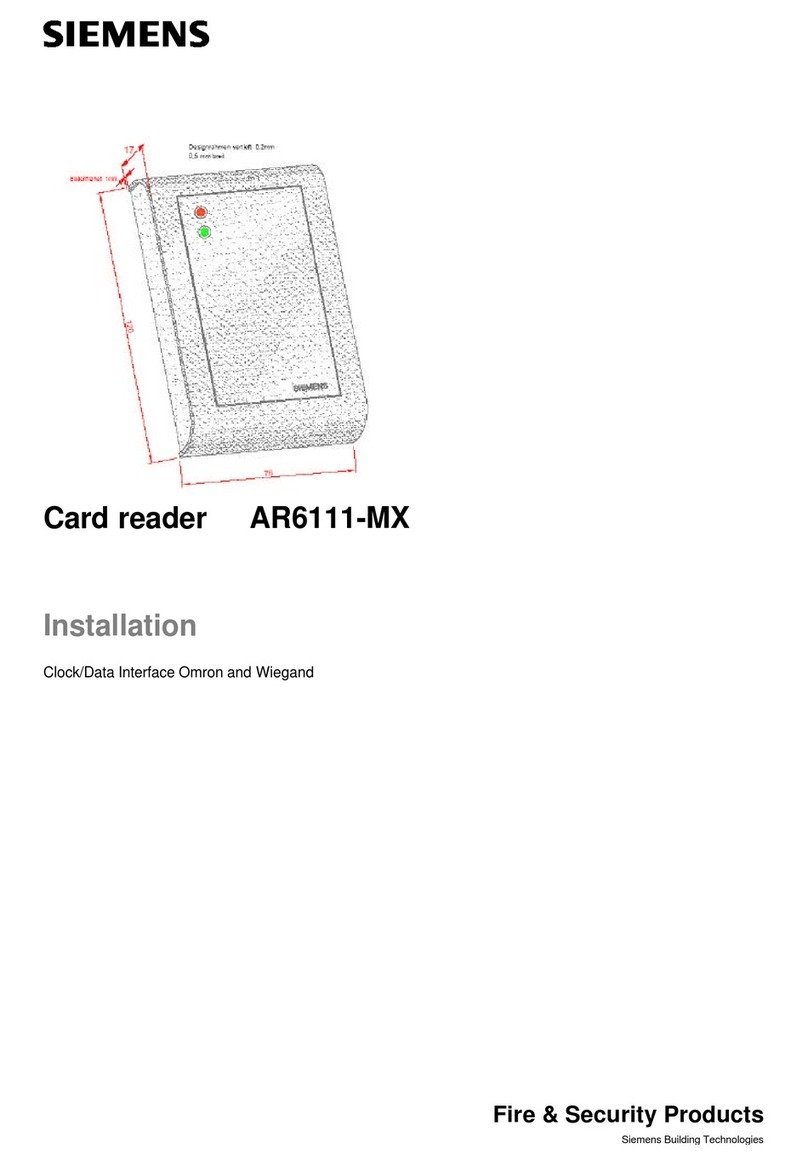
Siemens
Siemens AR6111-MX User manual
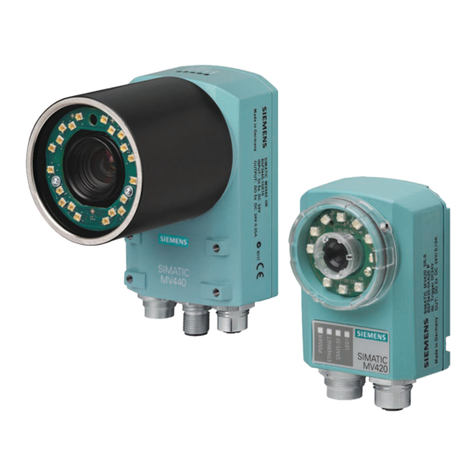
Siemens
Siemens SIMATIC MV440 User manual

Siemens
Siemens Bewator PR500 Installation and operation manual
Popular Card Reader manuals by other brands

ViziT
ViziT RD-4F operating instructions

Jinmuyu Electronics
Jinmuyu Electronics MR811 Series user manual

Conrad
Conrad PCMCIA operating instructions

Lindy
Lindy 51541 user manual

Diapro T?bbi Ürünler
Diapro T?bbi Ürünler Across System user manual

Johnson Controls
Johnson Controls Kantech tyco ioSmart installation guide
